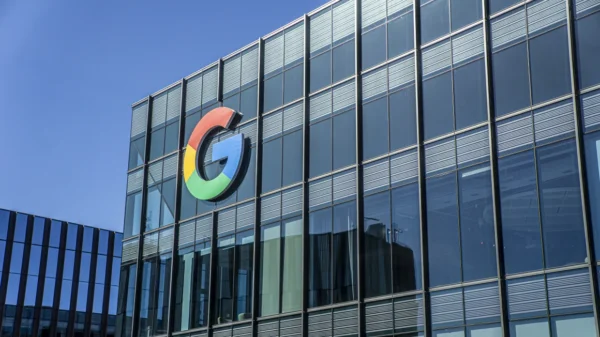Introduction: Tesla’s Employment Landscape
In a significant move impacting its Bay Area operations, Tesla has announced plans to reduce its workforce by 601 jobs. This decision reverberates through the electric vehicle (EV) industry, signaling potential challenges for the pioneering automaker. As Tesla grapples with various issues, from production bottlenecks to regulatory scrutiny, the decision to cut jobs underscores the complexities facing the company and its efforts to maintain competitiveness in a rapidly evolving market.
The Decision to Reduce Jobs
Amidst mounting pressures and operational challenges, Tesla has made the strategic decision to downsize its workforce in the Bay Area. This move, while undoubtedly difficult, is seen as a necessary step to streamline operations and optimize efficiency. By reducing its headcount, Tesla aims to mitigate costs and reallocate resources to areas of greater strategic importance, such as research and development, production, and innovation. However, the decision also raises questions about the company’s long-term sustainability and its ability to navigate the dynamic landscape of the EV market.
Impact on Employees and Communities
The announcement of job cuts has undoubtedly sent shockwaves through Tesla’s workforce and the communities in which it operates. For affected employees, the prospect of losing their jobs presents significant challenges, both professionally and personally. Amidst economic uncertainty and a competitive job market, finding new employment opportunities may prove challenging for those impacted by the layoffs. Furthermore, the ripple effects of job losses extend beyond individual employees, impacting families, communities, and local economies dependent on Tesla’s presence and economic contributions.
Navigating Operational Challenges
Tesla’s decision to reduce its workforce comes amidst a series of operational challenges and external pressures. From supply chain disruptions to manufacturing setbacks, the company has faced hurdles that have strained its ability to meet production targets and fulfill customer demand. Additionally, regulatory scrutiny and concerns over safety and quality have added further complexity to Tesla’s operational landscape. As the company seeks to address these challenges, it must strike a delicate balance between cost-cutting measures and strategic investments to ensure its long-term viability and competitiveness in the EV market.
Industry Dynamics and Competitive Pressures
The decision to cut jobs at Tesla also reflects broader dynamics within the EV industry and competitive pressures facing automakers. As new players enter the market and traditional manufacturers ramp up their electric vehicle offerings, Tesla faces intensified competition and heightened expectations from investors, consumers, and regulators alike. In this increasingly crowded and rapidly evolving landscape, maintaining a competitive edge requires continuous innovation, operational excellence, and strategic decision-making.
Investor Sentiment and Market Reaction
Tesla’s announcement of job cuts is likely to impact investor sentiment and market perception of the company’s prospects. While cost-cutting measures may be viewed positively in the short term as a means to improve efficiency and profitability, concerns about the underlying reasons for the layoffs and their implications for Tesla’s growth trajectory may weigh on investor confidence. Additionally, market reaction to the news may further amplify volatility in Tesla’s stock price and influence broader trends within the EV sector and the automotive industry as a whole.
Strategic Implications and Future Outlook
As Tesla navigates the aftermath of its workforce reduction in the Bay Area, the company faces critical strategic decisions that will shape its future trajectory. Balancing the need for cost containment with investments in research, development, and innovation will be paramount as Tesla seeks to maintain its position as a leader in the EV market. Moreover, addressing underlying operational challenges and regulatory concerns will be essential in rebuilding trust and confidence among stakeholders and ensuring sustainable growth over the long term.
Conclusion
Tesla’s decision to cut 601 jobs in the Bay Area signals broader challenges facing the EV maker and underscores the complexities of operating in a rapidly evolving industry landscape. While the move is aimed at streamlining operations and optimizing efficiency, it also raises questions about Tesla’s long-term sustainability and competitiveness. As the company navigates these challenges, strategic decision-making, operational excellence, and a focus on innovation will be critical in shaping its future trajectory and maintaining its leadership position in the electric vehicle market.
































